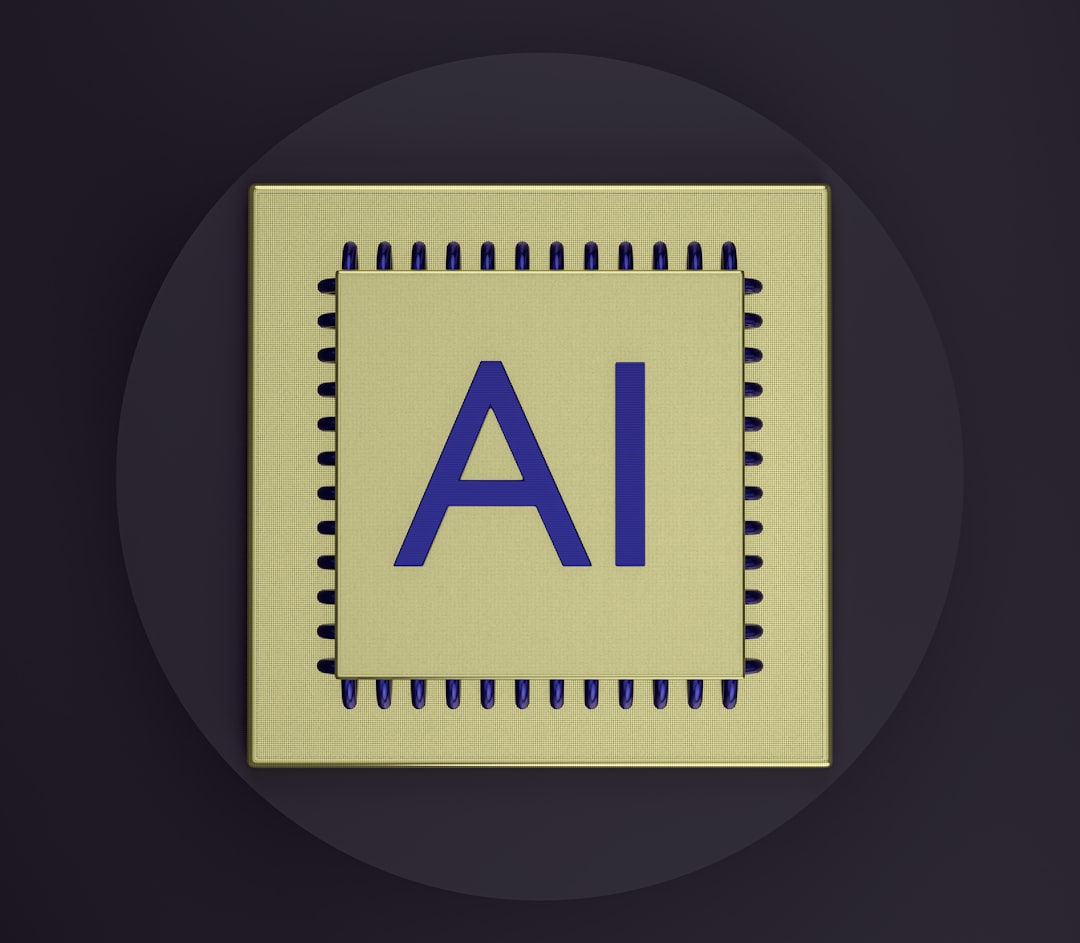What is it about?
This paper presents a new method to support early identification of conflicting requirements. It provides higher effectiveness than simply relying on subject matter experts, while requiring a significant lower effort than parametric system modeling. Furthermore, in contrast with other existing approaches, the proposed tension matrix does not use pairwise comparisons between requirements, but assesses the requirement set as a whole in order to avoid fundamental flaws in the exploration effort.
Featured Image
Why is it important?
Identifying and removing unnecessary conflicting requirements is key to ensure a design space that contains affordable solutions. Unfortunately, existing methods either require a high upfront effort investment or they are fundamentally flawed, since by being built on pair-wise comparison approaches, they are only able to identify a minimum subset of potential conflicts. This paper presents a method that overcomes those problems, thus contributing to improve early identification of conflicting requirements.
Perspectives
The method presented in this paper provides a number of advantages that make it very appealing for practitioners. First, it guarantees higher effectiveness than simply user unstructured expert opinion, while maintaining the necessary design and modeling effort low. Second, it reduces the complexity associated to identifying conflicts by enabling engineers to work on requirements individually, thanks to an underlying relational model that eventually links the effects of the different requirements Third, this also enables avoiding pairwise comparisons between requirements (and their flaws in this activity), thus facilitating identifying conflicts resulting from the mutual effects of numbers of requirements.
Dr Alejandro Salado
Virginia Polytechnic Institute and State University
Read the Original
This page is a summary of: The Tension Matrix and the Concept of Elemental Decomposition: Improving Identification of Conflicting Requirements, IEEE Systems Journal, January 2015, Institute of Electrical & Electronics Engineers (IEEE),
DOI: 10.1109/jsyst.2015.2423658.
You can read the full text:
Contributors
The following have contributed to this page










